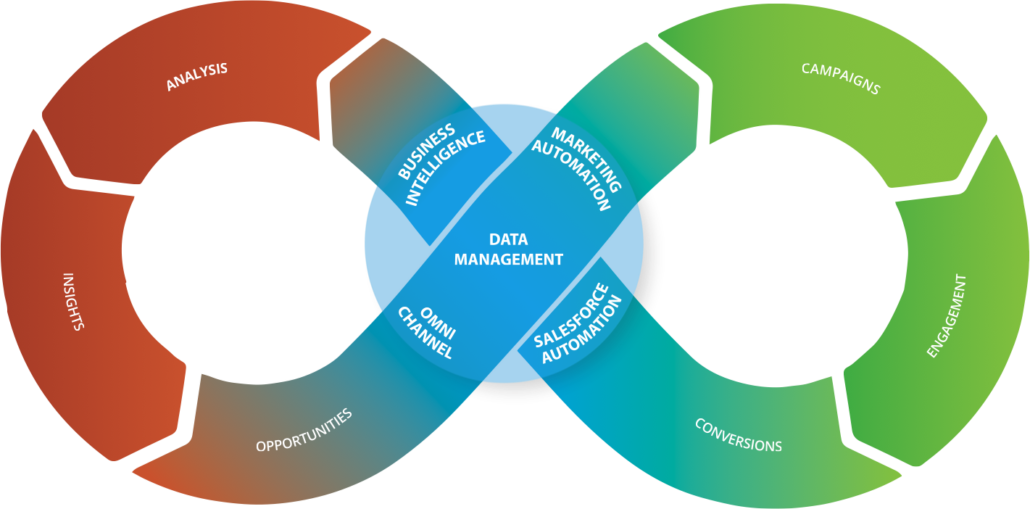The buy-sell process for B2B high consideration products and services is complex and highly collaborative involving team selling to committee buying. Virtual workspaces like Smart Rooms from Journey Sales facilitate this process by helping account teams share, collaborate and communicate with buying teams throughout dynamic sales and onboarding lifecycles.
Journey Sales built Smart Rooms natively on Salesforce® as digital workspaces that allow sales teams and service teams to quickly create personalized, guided digital experiences with their account buyers and track engagement along the way.
To optimize B2B sales, we often design funnels to drive out metrics and codify sales processes. Linear funnels for B2B are particularly relevant when purchasing is transactional or follows a highly predictable process. Yet, for complex B2B and high consideration sales, customers are interacting with a range of 3rd party research, journals and publications, as well as your competitor’s funnel. This is why we need a non-linear more collaborative approach to selling and engaging the client – one that allows us to build our value propositions responsively and engage customer teams over time. For these more complex sales and dynamic environments, a Smart Room is a great fit.
Read more






